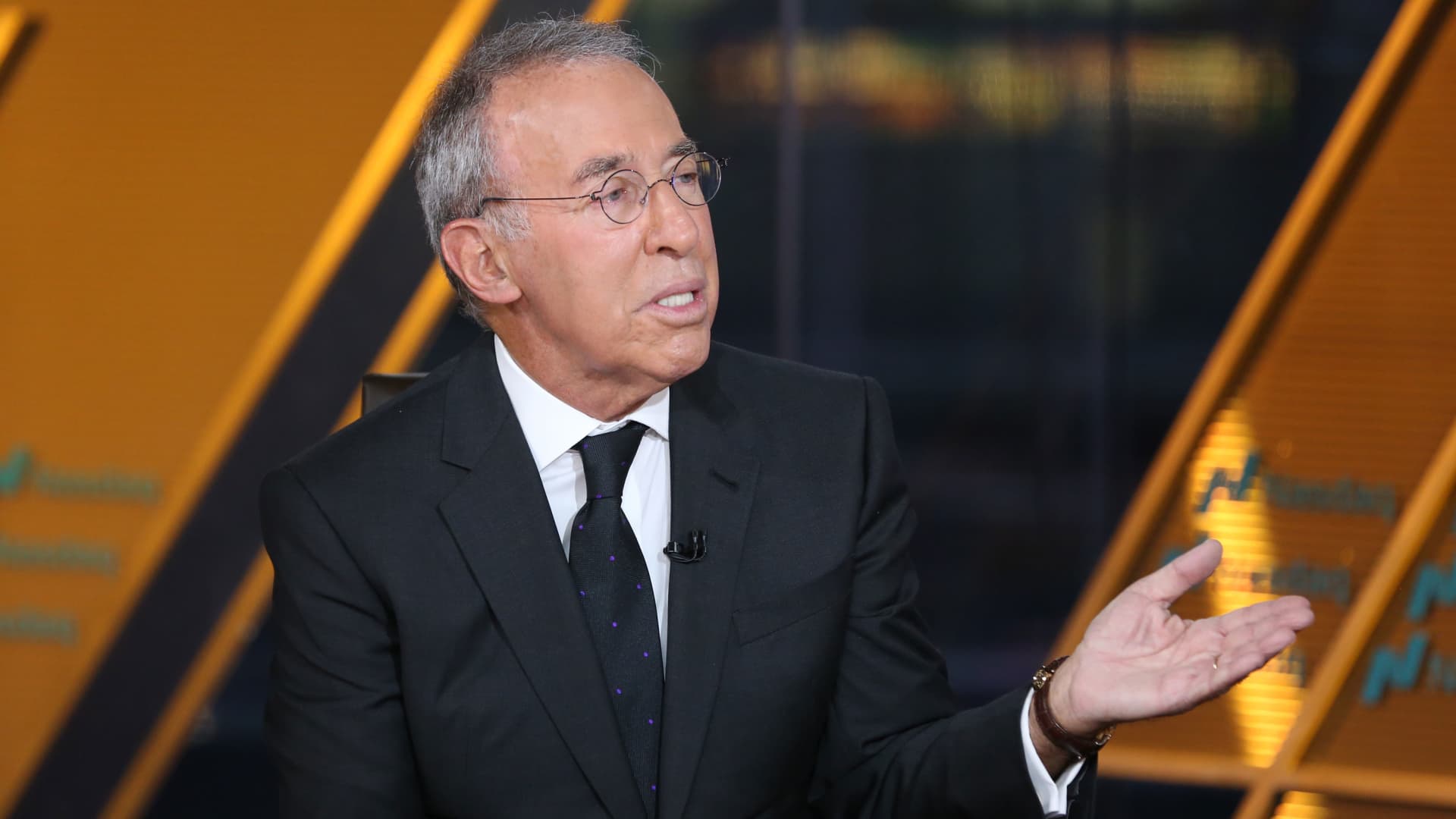The Difference Between Fixed Costs, Variable Costs, and Total Costs
Fact checked by Suzanne Kvilhaug
What Is the Difference Between the Different Cost Types?
Fixed costs, variable costs, and total costs all sound similar, but there are significant differences among the three. The main difference is that fixed costs do not account for the number of goods or services a company produces, while variable costs and total costs depend primarily on that number.
Key Takeaways:
- Fixed costs do not account for the number of goods or services a company produces.
- Variable costs and total costs depend on the number of goods or services a company produces.
- Companies must consider both types of costs to ensure they are fiscally solvent and thriving over the long term.
Understanding the Different Cost Types
As the name suggests, fixed costs do not change as a company produces more or fewer products or provides more or fewer services. For example, rent that a widget company pays for a building will be the same regardless of the number of widgets produced within that building.
In contrast, variable costs do change depending on production volume. For example, the cost of materials that go into producing the widgets will rise as the number of widgets produced increases.
Fixed Costs
A fixed cost is an expense that a company is obligated to pay, and it is usually time-related. A prime example of a fixed cost would be the rent a company pays monthly for office space and/or manufacturing facilities. This is typically a contractually agreed-upon term that does not fluctuate unless both landlords and tenants agree to renegotiate a lease agreement.
In the case of some rental properties, there may be predetermined incremental annual rent increases where the lease stipulates rent hikes of certain percentages from one year to the next. However, these increases are transparent and baked into the cost equation. Consequently, accountants can calculate their companies’ overall budgets with the lead time necessary to ensure a business’s bottom line is protected. This is typically how rent-controlled properties operate.
Variable Costs
Variable costs are functions of a company’s production volume. For example, widget company ZYX may have to spend $10 to manufacture one unit of product. Therefore, if the company receives an inordinately large purchase order during a given month, then its monthly expenditures rise accordingly.
Another example is a retailer that doubles its typical order to prepare for a holiday rush. This increases company ZYX’s expenses to fulfill the order. Larger purchase orders may also result in increased overtime pay for employees.
Conversely, purchase orders may decline during offseasons and slower economic times, ultimately pushing down labor and manufacturing costs accordingly. In addition, the costs of commodities and other raw materials for manufacturing may rise and fall, which can also affect a company’s variable expenses.
Total Costs
Total costs are composed of both total fixed costs and total variable costs. Total fixed costs are the sum of all consistent, non-variable expenses a company must pay. For example, suppose a company leases office space for $10,000 per month, rents machinery for $5,000 per month, and has a $1,000 monthly utility bill. In this case, the company’s total fixed costs would be $16,000.
In terms of variable costs, if a company produces 2,000 widgets at $10 per unit, and it must pay employees $5,000 in overtime to keep up with the demand, the total variable costs would be $25,000 ($20,000 in products plus $5,000 in labor costs).
Consequently, the total costs, combining $16,000 in fixed costs with $25,000 in variable costs, would come to $41,000. Total costs are an essential value a company must track to ensure the business remains fiscally solvent and thrives over the long term.
Does a Company’s Production or Sales Affect Fixed Costs?
No. Fixed costs are a business expense that doesn’t change with an increase or decrease in a company’s operational activities.
Are Variable Costs Short-Term or Long-Term?
Variable costs are usually viewed as short-term because they can be adjusted quickly. That’s because variable costs are an expense that changes in proportion to how much a company produces or sells. They rise as production or sales increase and fall as production or sales decrease.
Does a Company Report Total Costs in Its Financial Statements?
No, a company doesn’t have a line specifically for total costs in its key financial statements. Instead:
- A balance sheet reports a company’s assets, liabilities, and shareholder equity at a specific point in time.
- A cash flow statement provides aggregate data on how cash is moving through a company (including operations, investments, and financing activities) and highlights liquidity (whether the company can generate enough cash to sustain itself, invest in growth, and meet its financial obligations).
- An income statement, also known as a profit and loss (P&L) statement or a statement of revenue and expense, tracks a company’s revenue, expenses, gains, and losses during a set period.
The Bottom Line
A company looking to reduce fixed costs will likely need time, as these costs are usually set in a contract. New or renegotiated contracts could cut fixed costs. Other strategies include analyzing usage and cutting waste; outsourcing areas like marketing or customer service; and implementing workflow technology.
A company looking to cut variable costs could reduce inventory by finding new suppliers that offer more competitive prices, or negotiating better rates or discounts from existing suppliers. Other strategies include improving efficiency; analyzing products and services for cost savings; managing salary and wage costs; and investing in technology.
Implementing fixed and variable cost controls should reduce total costs.









